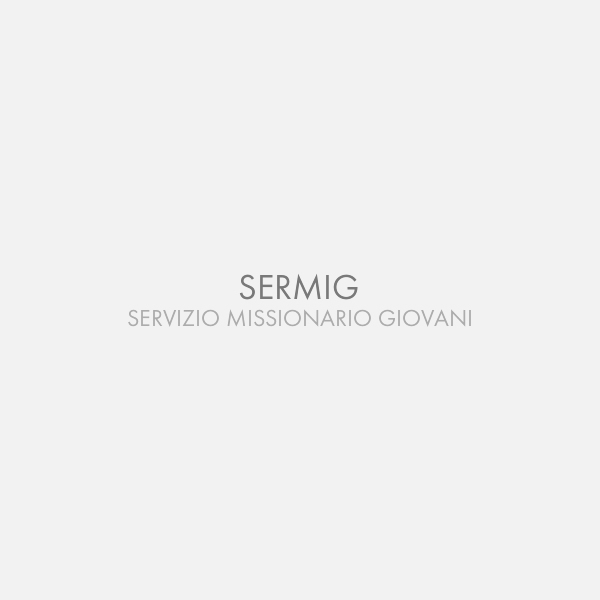Soeur eau
Publié le 22-09-2021
Les guerres pour l'eau ont déjà commencé. En Syrie, c'est la rareté de l'eau qui a déclenché les premières tensions internes et migrations en 2011, qui ont ensuite éclaté dans le conflit le plus grave de notre temps. Une disponibilité suffisante d'eau potable est essentielle pour la disponibilité de la nourriture et pour la santé et donc essentielle pour le développement durable de sociétés justes et pacifiques. La pression sur les ressources en eau augmente partout en raison de la croissance démographique et socio-économique rapide et des utilisations non durables de l'eau.
Although a significant portion of the earth's surface is covered with water, only a tiny fraction of it is available for life sustenance; the rest is salt or frozen water in glaciers or polar ice caps. Out of the world total of freshwater resources, Asia has the highest share (about 33%), Latin America and the Caribbean (32%), North America (13%), Europe (12%), Sub-Saharan Africa (9%) ), Middle East and North Africa (1%). In addition, the world takes around 9% of fresh water every year to meet the needs of the agricultural sector (60%), industrial (22%) and domestic (18%).
Lower-middle-income countries like India use 90% of water for agriculture, while high-income countries like the United States use 46% for industry, 14% for domestic use and 40 % for agriculture and livestock breeding.
Water is a global resource without borders. Among the most pressing goals for sustainable development is the entire water cycle, from drinking water to basic sanitation, including water quality and wastewater management, efficient use, integrated management, protection and restoration of water-related ecosystems.
Waste in one corner of the planet damages availability in another. For example, many Italian cities have public fountains and public taps that are always open. Rome has more than two thousand, and almost all drinking water is lost in rainwater drains. The Italian water network manages over eight billion cubic meters of water every year, of which more than three billion are wasted due to leaks.
Fourteen of the 33 countries likely to be most water stressed in 2040 are in Asia and the Middle East, including nine considered extremely stressed with a rating of 5.0 out of 5.0: Bahrain, Kuwait, Palestine, Qatar, United Arab Emirates, Israel, Saudi Arabia, Oman and Lebanon. Asia and the Middle East - the world's least safe areas for water rights - draw heavily on groundwater and desalinated seawater and face exceptional water-related challenges for the foreseeable future.
Sandro Calvani
NP May 2021








